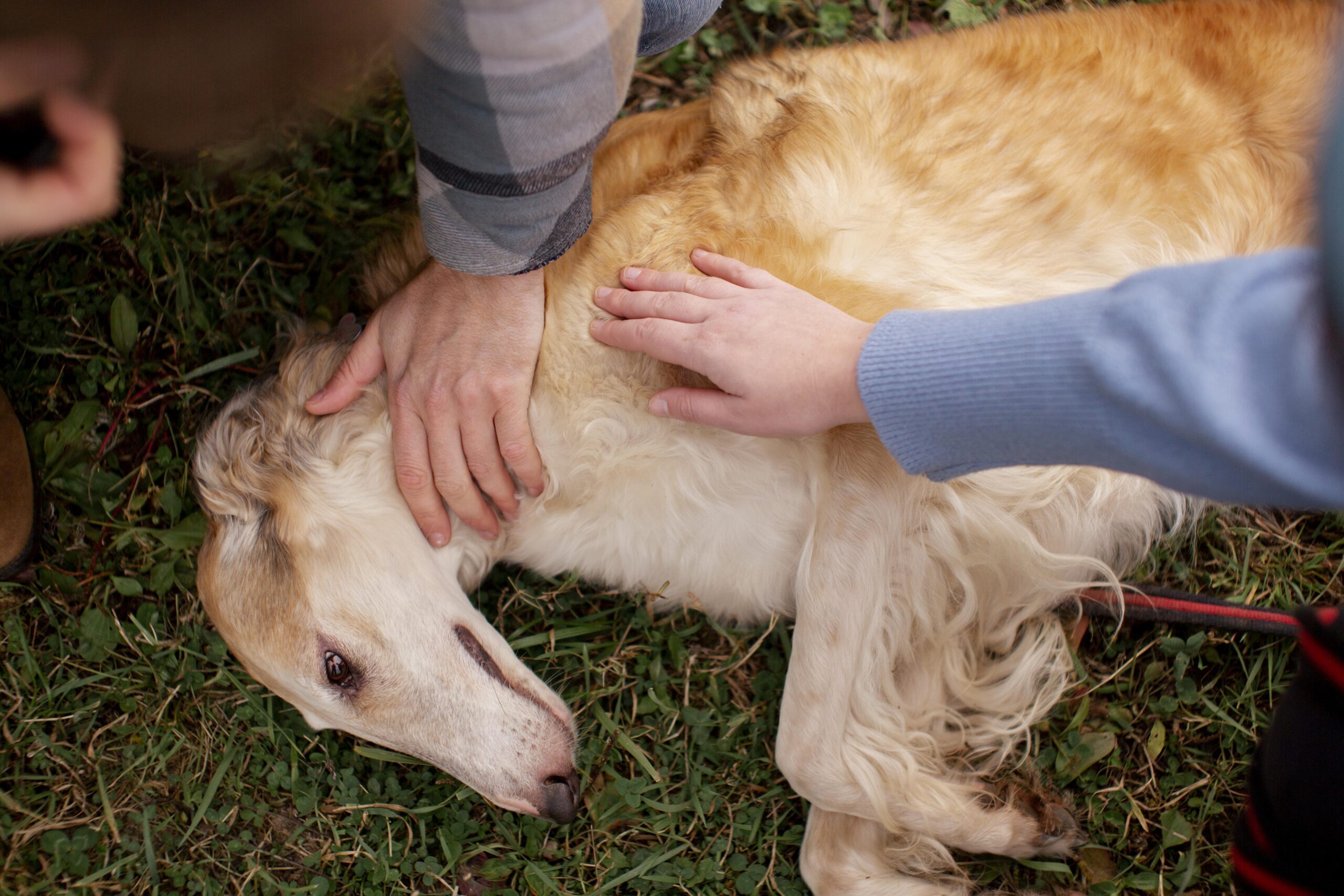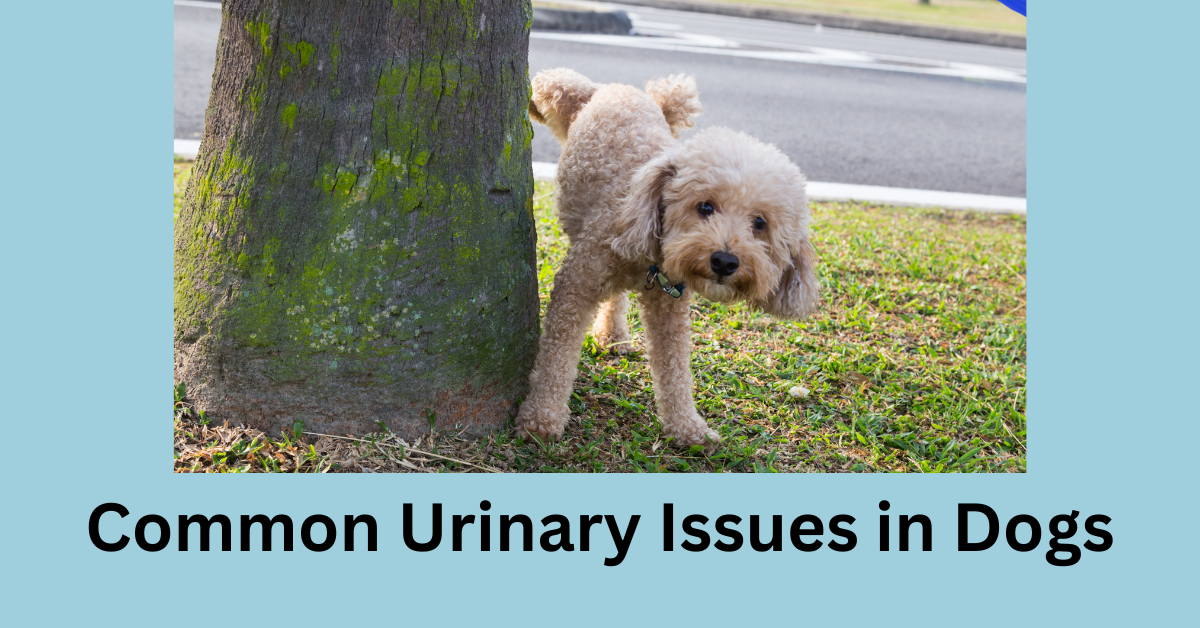Canine obesity is a condition of abnormal or excessive body fat accumulation, predisposing the dog to numerous diseases. A dog is assessed to be overweight if it weighs at least 10% more than the ideal body weight and is considered obese at 20% above the ideal body weight. In this respect, extra weight shortens a dog’s life and worsens its health.
Risks of Obesity
It has been estimated that around 65% of dogs in the US are considered overweight or obese. Overweight can cause several health issues in dogs:
- Arthritis
- Pancreatitis
- Kidney disease
- Breathing problems
- Reduced physical activity, and lowered exercise tolerance
- More cardiovascular disease
- Insulin response gone astray
- Increased anesthetic risk
- Lower quality of life
Giving affection in the form of too many treats may, without intention, shorten a dog’s life and give it a worse quality of life through subsequent obesity.

Symptoms of Obesity in Dogs
The major symptoms of obesity in dogs include:
- Gaining weight
- Low energy
- Reduced exercise tolerance
- Tighter collar or harness
- No feel of the ribs or view of a waistline (a light tuck of the belly)
Causes of Obesity in Dogs
The main reason behind obese dogs is that they are overfed because overfeeding includes dog food, special treats, and human foods regularly, and not allowing the pet to perform physical activities may also lead to gaining weight. Medical disorders like hypothyroidism and Cushing’s disease can also lead to obesity. Additional dog breeds prone to obesity are:
- Golden retriever
- Labrador Retriever
- Cocker Spaniel
- Dachshund
- Beagle
- Boxer
- Pug
Recognizing Overweight Dogs
Suppose you believe you have an overweight dog. In that case, you can schedule a checkup and weight examination at your veterinarian, as Excess padding over the ribs or an absent waistline are indications of being overweight. Your veterinarian can confirm this through a physical exam and body condition scoring.
Diagnosing Canine Obesity
Veterinarians diagnose obesity by checking a dog’s weight and monitoring weight gain over time. Additionally, Body condition scoring, using either a five-point or nine-point scale, can help to judge if a dog is at its ideal weight. Similarly, When viewed from above, an hourglass shape indicates a healthy weight.
Veterinarians can also do more advanced laboratory tests to see if there is any medical condition that might be causing the dog to gain weight. The causes of sudden weight gain will likely prompt your veterinarian to take X-rays to rule out any fluid or masses or any change in metabolic conditions.
Obesity Treatment in Dogs
The treatment for obese dogs includes exercise and dietary modifications. The exercise is designed to be appropriate for the dog’s present fitness level. Most dogs are started safely on 15-30 minutes per day, which can gradually increase as they lose weight and get fitter. Exercises can include walking and playing games like fetch, swimming, and running; however, For elderly dogs, a segmented approach can be applied.
Changes in the diet should be made in consultation with a veterinarian. This also applies to reducing or removing treats and table scraps. A change in the type and amount of food ingested may be necessary. There are innumerable diets designed for weight loss and some are recommended only by veterinarians, and many are obtainable only through veterinary clinics.
Aim for weekly weight loss of 1% to 2% of current body weight to decrease fat while preserving lean tissue. Using a meal-feeding system vs. a free-feeding system helps control calorie intake. Similarly, Using a measuring cup ensures proper and consistent food portions.
Please don’t remove them from the dog’s diet; however, you’ll need alternatives, such as baby carrots, frozen green beans, pumpkin, or low-calorie treats, pending a veterinarian’s approval. For the most part, medications are largely unnecessary unless a dog has something like hypothyroidism or Cushing’s disease, where regular exams and labs will be needed in addition to medication management.
Managing Obesity in Dogs
Once a dog has reached its ideal weight, the veterinarian may recommend a maintenance diet. That being said, The dog should still be exercised regularly and given only small treats or no snacks.
Prevention is best: The onset of obesity should be prevented from the beginning.
Offer two or three meals daily rather than free feeding.
Limit table scraps and treats and schedule exercises.
Exercise is beneficial to dogs and their owners. It helps physically and psychologically. Preventing or correcting obesity does take work, but the payoff is a longer and healthier life for your dog.





